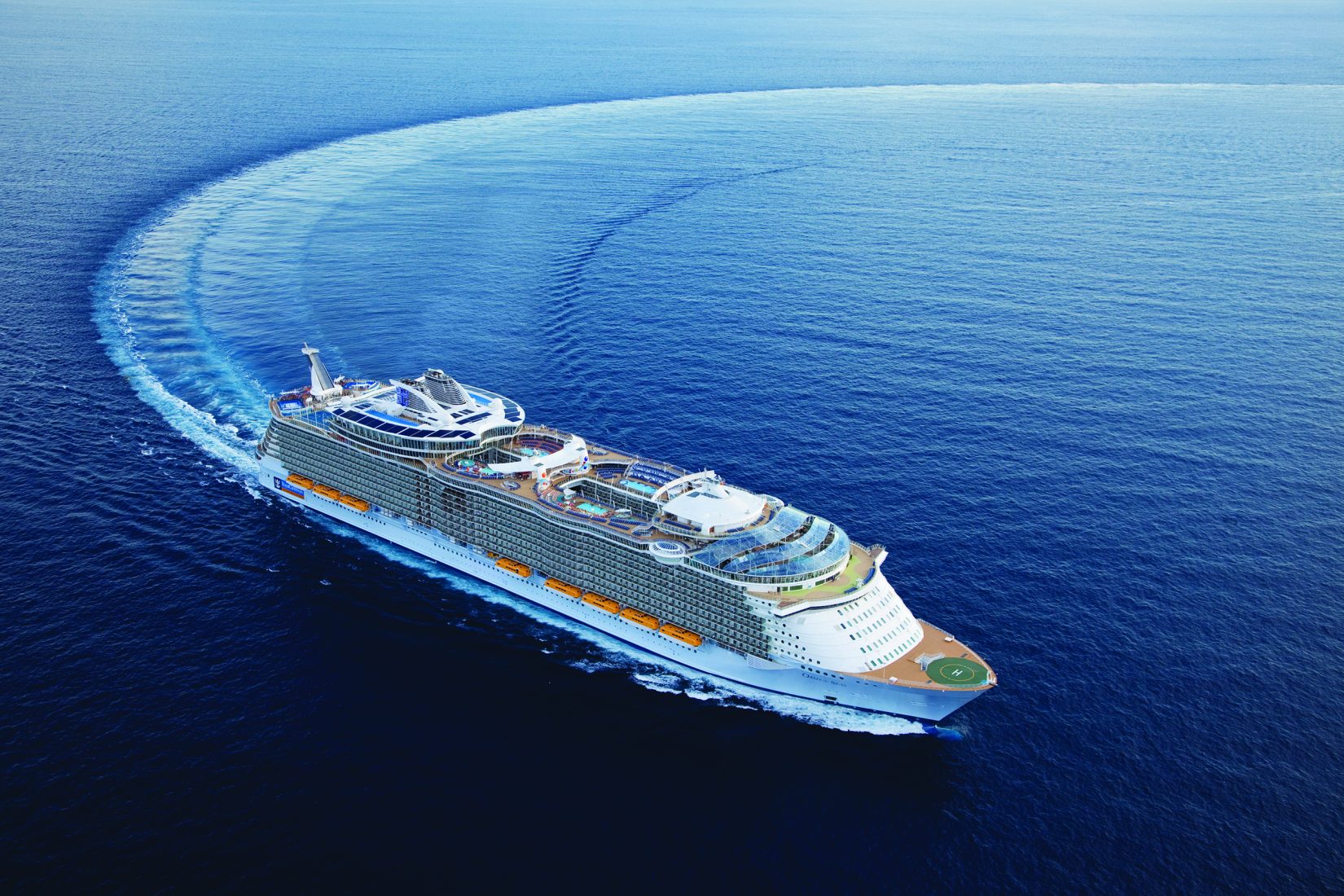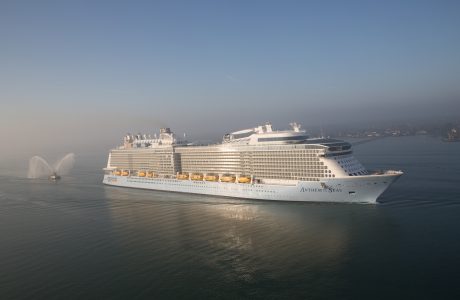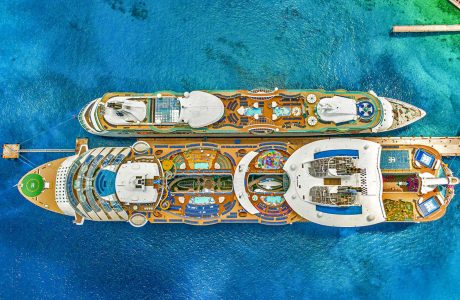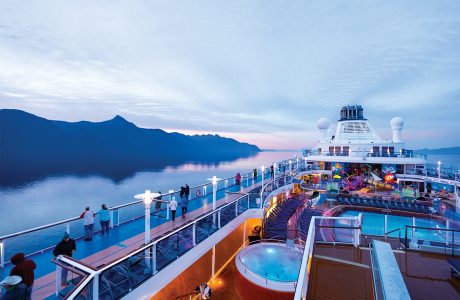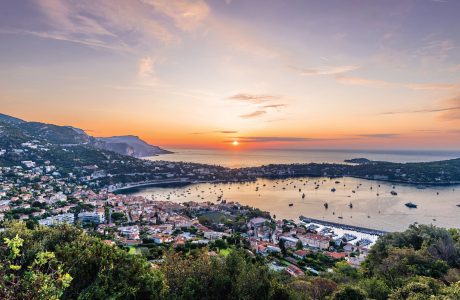Ever wonder how there’s always enough water for everyone on a cruise ship? From strong shower pressure in each stateroom to the seemingly endless stream for our waterslides, at Royal Caribbean, we use state-of-the-art technology to produce our own water supply. And this helps ensure that we do not tap local water supplies in areas where the resource is limited.
Here is why fresh water matters to Royal Caribbean and how we produce it:
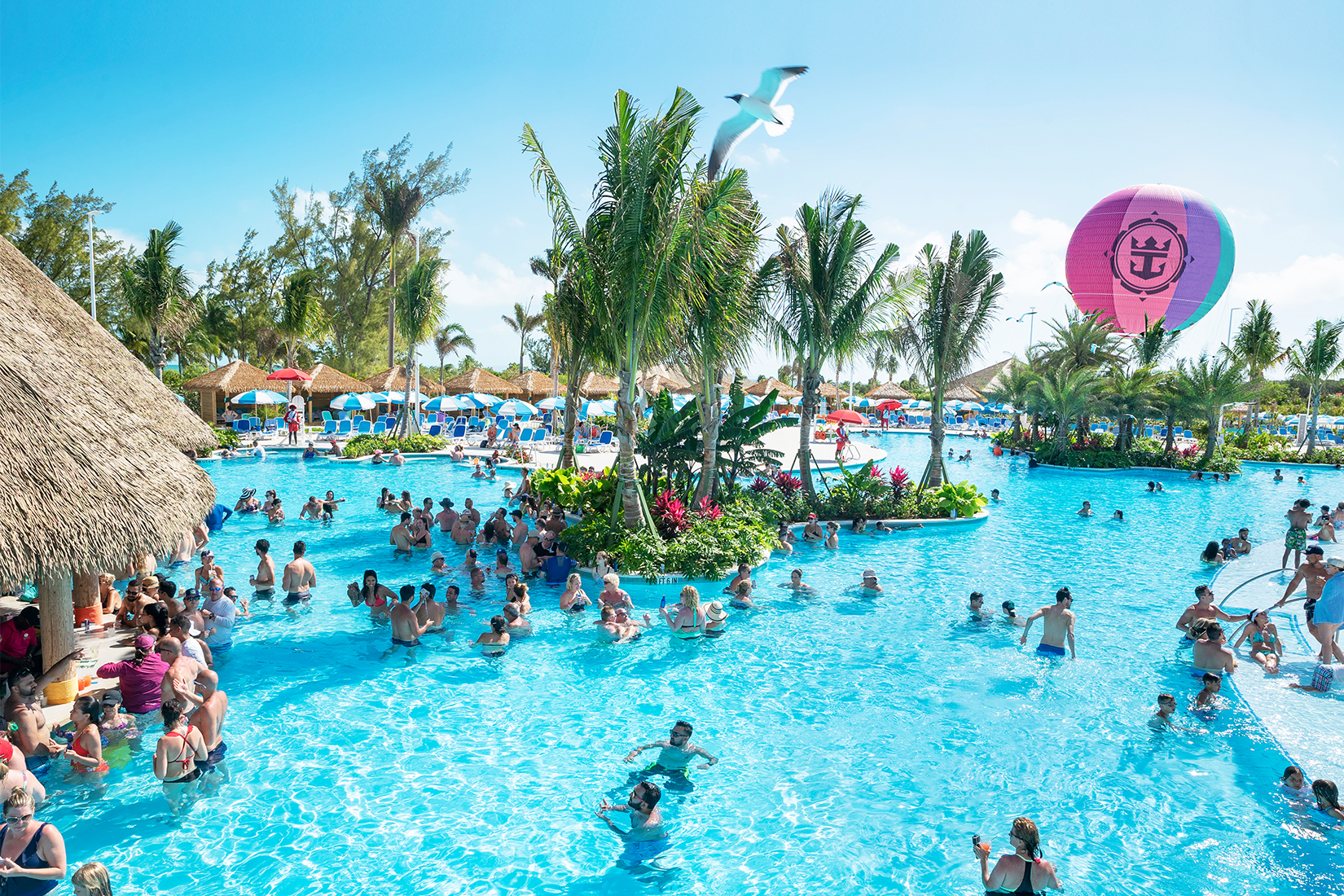
Our water conservation extends to our private island destination, Perfect Day at CocoCay in The Bahamas.
Credit: Royal Caribbean
As part of Save the Waves, the program at the foundation of our sustainability work, one of our ongoing initiatives is to always produce much of the clean water we use. In fact, we produce more than 90% of what goes into operating every ship and private destination, like Perfect Day at CocoCay in The Bahamas.
“Water is as crucial to a ship’s operation as fuel,” explains Nick Rose, Royal Caribbean’s environmental programs expert. “We’re able to get really creative in conserving and reusing it.”
How does it work? Our environmental officers and their teams lead the charge on board and ashore. Perfect Day at CocoCay even has a water specialist to oversee Thrill Waterpark, the island’s irrigation system that repurposes treated wastewater to water the island’s landscaping and more.

Fresh water on board is important for more than just showers; it powers the fun at the pool and Splashaway Bay kids aqua park.
Credit: Royal Caribbean
1. Steam Evaporation: Also known as flash evaporation or steam desalination, the process uses steam and heat from the ship’s engines to boil seawater. The water evaporates, leaving the salt as a byproduct. The now fresh water is then condensed back into distilled purified water.
2. Reverse Osmosis: The second way that seawater is made into drinkable water. Instead of using heat, reverse osmosis uses an even lower-energy method to push saltwater through microscopic membranes. “It’s so small, only clean water can get through,” says Nick. As a result, all salt and possible contaminants remain blocked on the intake side of the chamber while the water that passes through is mineralized for flavor, according to U.S. Public Health Service guidelines.
3. Aeration: The process of forcing air through showerheads and sink faucets: This allows for ample water pressure in every bathroom. “We use air to create pressure rather than forcing water out at high volumes,” explains Nick. “It lets our guests shower comfortably while saving water. It’s a total win-win.”
Fun fact: This is one of the reasons why, on average, guests use less water than the average person on land.
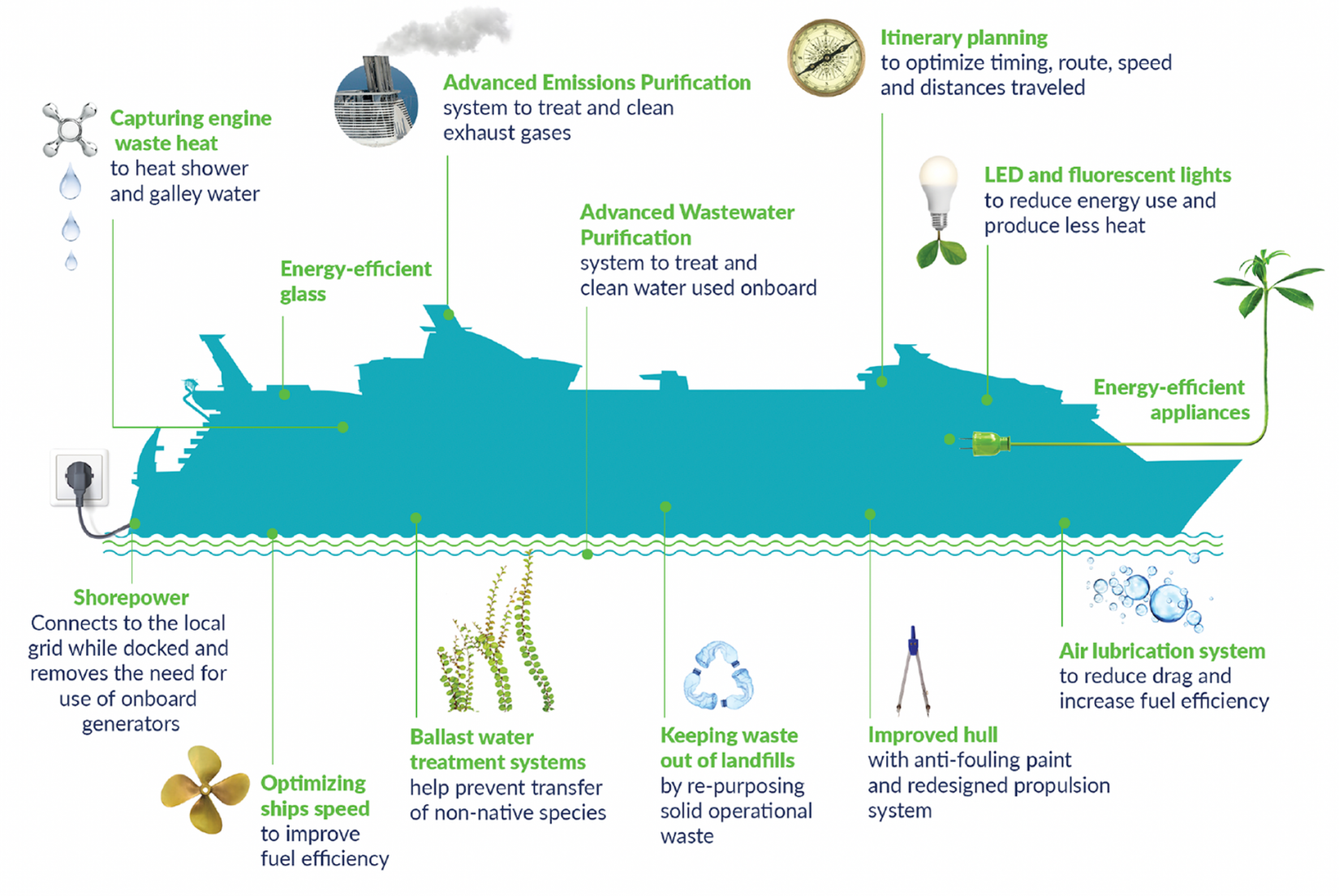
Ways of conserving energy on Royal Caribbean ships range from LED and fluorescent lights to energy- and water-efficient laundry equipment.
Credit: Royal Caribbean
4. Condensing Water: Our ships, wherever possible, conserve the clean water already brought or made on board. “Condensation is one of the best ways to conserve water,” says Nick. “For example, we collect all the water produced from our air-conditioning units and reuse it in our laundry system. We’re essentially getting this water for free because it has already been generated.”
5. Bunkering: This is the maritime term for loading locally sourced fresh water while a ship is in port, so that it can be stored on board. When collected, the water is thoroughly tested for microbial pollutants and then treated to ensure there are no other unwanted components. We take our responsibility to the environment seriously, so we never bunker in areas facing water shortages.
Pro tip: By reusing your towels, linens and sheets, you will help us reduce the need for the overall amount of water and protect the planet by preserving the oceans we sail and the destinations we visit.
Learn more about our sustainability initiatives here. And when you’re ready, head here to start planning your water-conscious Royal Caribbean vacation.
